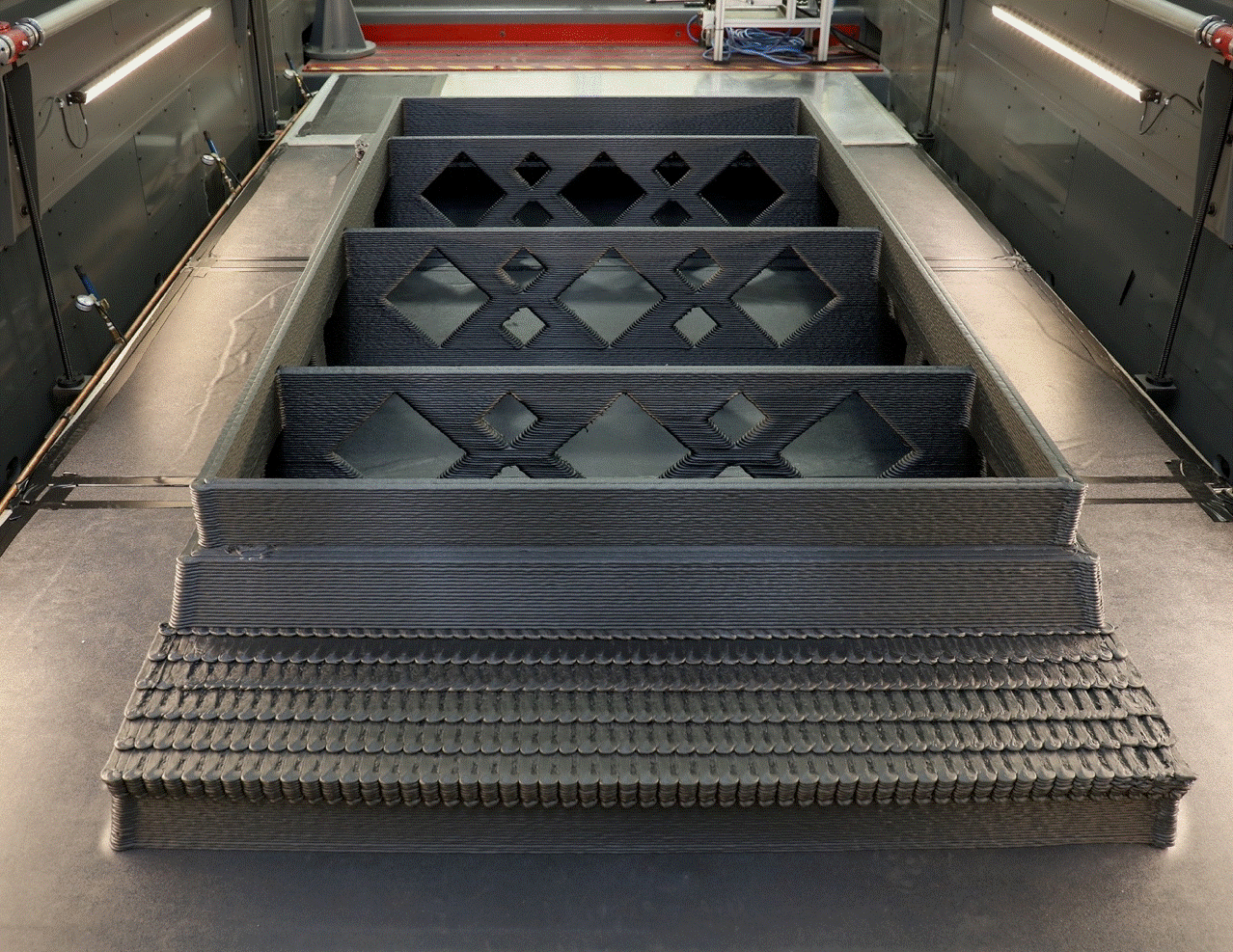
Filter News
Area of Research
News Type
News Topics
- (-) 3-D Printing/Advanced Manufacturing (9)
- (-) Grid (8)
- (-) Security (3)
- (-) Transportation (13)
- Bioenergy (2)
- Biology (1)
- Biomedical (2)
- Biotechnology (1)
- Buildings (7)
- Chemical Sciences (4)
- Climate Change (2)
- Composites (2)
- Computer Science (1)
- Coronavirus (1)
- Critical Materials (2)
- Cybersecurity (2)
- Decarbonization (9)
- Energy Storage (12)
- Environment (4)
- Hydropower (1)
- Machine Learning (1)
- Materials (7)
- Materials Science (2)
- Mercury (1)
- Microscopy (1)
- National Security (2)
- Net Zero (1)
- Neutron Science (1)
- Nuclear Energy (1)
- Partnerships (4)
- Polymers (1)
- Renewable Energy (1)
- Simulation (2)
- Summit (1)
- Sustainable Energy (3)
Media Contacts

ORNL researchers Ben Ollis and Max Ferrari will be in Adjuntas to join the March 18 festivities but also to hammer out more technical details of their contribution to the project: making the microgrids even more reliable.

When aging vehicle batteries lack the juice to power your car anymore, they may still hold energy. Yet it’s tough to find new uses for lithium-ion batteries with different makers, ages and sizes. A solution is urgently needed because battery recycling options are scarce.

ORNL researchers have identified a mechanism in a 3D-printed alloy – termed “load shuffling” — that could enable the design of better-performing lightweight materials for vehicles.

Two leaders in US manufacturing innovation, Thomas Kurfess and Scott Smith, are joining the Department of Energy’s Oak Ridge National Laboratory to support its pioneering research in advanced manufacturing.

Self-driving cars promise to keep traffic moving smoothly and reduce fuel usage, but proving those advantages has been a challenge with so few connected and automated vehicles, or CAVs, currently on the road.

Oak Ridge National Laboratory scientists have devised a method to control the heating and cooling systems of a large network of buildings for power grid stability—all while ensuring the comfort of occupants.

The construction industry may soon benefit from 3D printed molds to make concrete facades, promising lower cost and production time. Researchers at Oak Ridge National Laboratory are evaluating the performance of 3D printed molds used to precast concrete facades in a 42-story buildin...

As leader of the RF, Communications, and Cyber-Physical Security Group at Oak Ridge National Laboratory, Kerekes heads an accelerated lab-directed research program to build virtual models of critical infrastructure systems like the power grid that can be used to develop ways to detect and repel cyber-intrusion and to make the network resilient when disruption occurs.

Brixon, Inc., has exclusively licensed a multiparameter sensor technology from the Department of Energy’s Oak Ridge National Laboratory. The integrated platform uses various sensors that measure physical and environmental parameters and respond to standard security applications.

Officials responsible for anticipating the demand for electric vehicle charging stations could get help through a sophisticated new method developed at Oak Ridge National Laboratory. The method considers electric vehicle volume and the random timing of vehicles arriving at cha...


